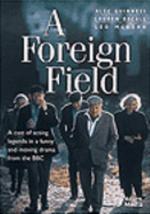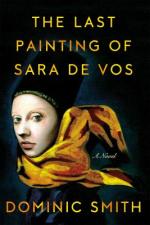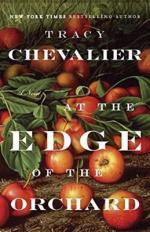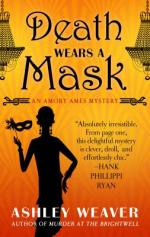"This is what we long for: the profound pleasure of being swept into vivid new worlds, worlds peopled by characters so intriguing and real that we can't shake them, even long after the reading's done. In his earlier, award-winning novels, Dominic Smith demonstrated a gift for coaxing the past to life. Now, in The Last Painting of Sara de Vos, he deftly bridges the historical and the contemporary, tracking a collision course between a rare landscape by a female Dutch painter of the golden age, an inheritor of the work in 1950s Manhattan, and a celebrated art historian who painted a forgery of it in her youth. In 1631, Sara de Vos is admitted as a master painter to the Guild of St. Luke's in Holland, the first woman to be so recognized. Three hundred years later, only one work attributed to de Vos is known to remain--a haunting winter scene, At the Edge of a Wood, which hangs over the bed of a wealthy descendant of the original owner. An Australian grad student, Ellie Shipley, struggling to stay afloat in New York, agrees to paint a forgery of the landscape, a decision that will haunt her. Because now, half a century later, she's curating an exhibit of female Dutch painters, and both versions threaten to arrive. As the three threads intersect, The Last Painting of Sara de Vos mesmerizes while it grapples with the demands of the artistic life, showing how the deceits of the past can forge the present"--.
 Second Street Station: a Mary Handley mystery by Lawrence H. Levy
Second Street Station: a Mary Handley mystery by Lawrence H. Levy The empty mirror: a Viennese mystery by J. Sydney Jones
The empty mirror: a Viennese mystery by J. Sydney Jones A duty to the dead by Charles Todd
A duty to the dead by Charles Todd The Mangle Street murders by M.R.C. Kasasian
The Mangle Street murders by M.R.C. Kasasian Damsel in distress by Carola Dunn
Damsel in distress by Carola Dunn The devil's making by Seán Haldane
The devil's making by Seán Haldane















